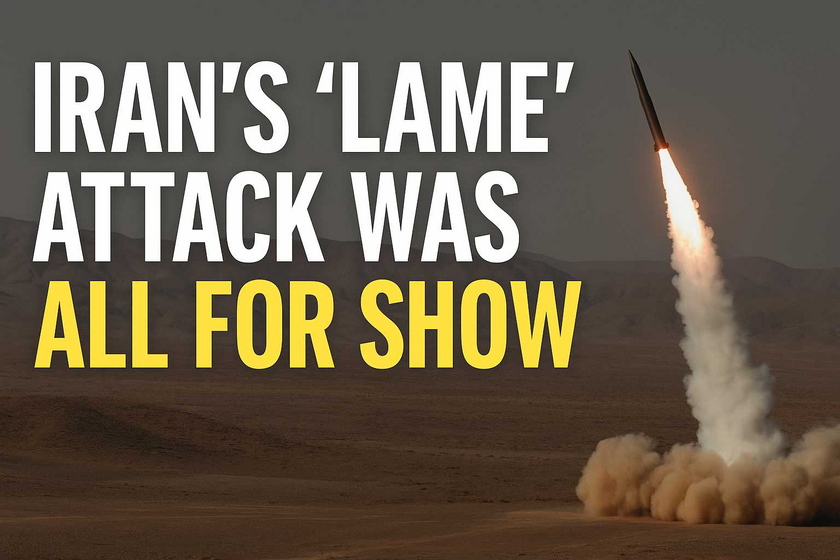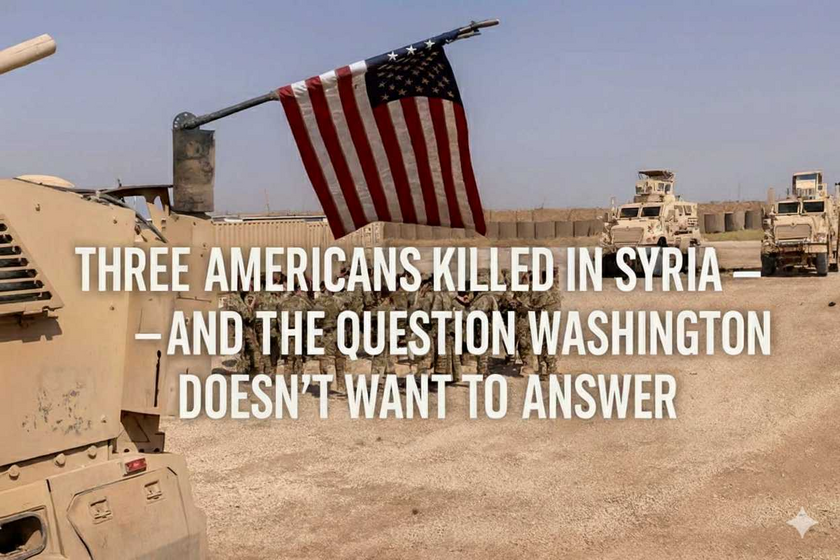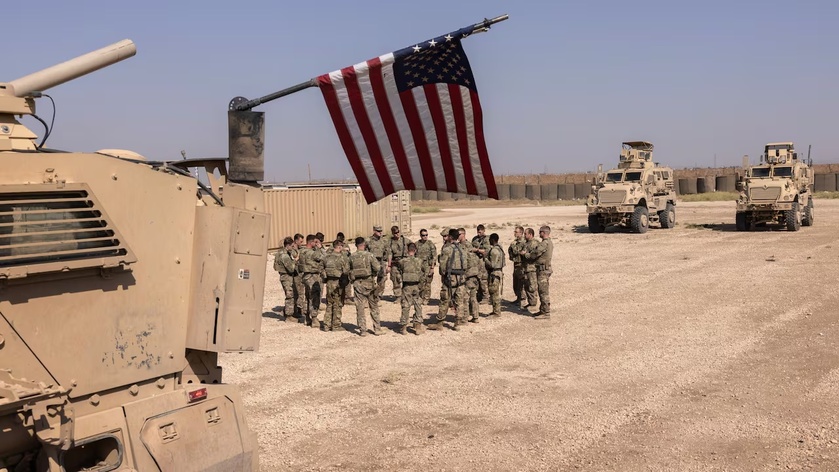Just after landing in Newark, New Jersey yesterday, my phone lit up: Iran was launching missile strikes on U.S. bases across the Middle East.
From Qatar to Bahrain, Iraq to Saudi Arabia, sirens sounded. But here’s the kicker: it was all a show. A carefully coordinated performance designed to look like retaliation—without triggering a real war.
Let’s break down what really happened.
Iran’s "Lame" Attack: A Scripted Show of Force
Multiple credible sources—including the New York Times—have confirmed what I suspected as soon as I saw the headlines: Iran warned both the United States and Qatar hours before launching their missiles.
Bases were evacuated. Air defense systems were on alert. Qatar even shot down five out of six missiles headed its way. One landed harmlessly in the desert. No injuries. No deaths. No serious damage.
Why? Because this wasn’t a real counterattack—it was political theater. Iran needed to “do something” after its nuclear infrastructure was hit hard. But it didn’t want to provoke a full-scale war.
In the words of one regional analyst:
“This was Iran saying, ‘Okay, we retaliated. Now let’s move on.’”
Why This Still Matters
If nobody got hurt, why should we care?
Because this isn’t just about missiles. It’s about messaging—and momentum.
Iran, Russia, and China are experts at information warfare. They know how to craft a narrative, manipulate public opinion, and make Western leaders look weak.
This attack—timed, telegraphed, and deliberately ineffective—makes Iran look like it has bite, without risking escalation. Meanwhile, the Biden administration is caught in an awkward dance, trying to look tough while also coordinating “courtesy warnings” with the enemy.
Let me ask you: Is Iran our enemy, or not?
Because if they are, why are we playing along with this farce?
The Bigger War You’re Not Seeing
This missile strike is just one front in a much bigger war—a war for your mind.
Social media is flooded with fake MAGA accounts, rage bait, and misinformation. It’s not random. It’s intentional. It’s designed to confuse, divide, and discredit American patriots.
Iran and its allies want chaos. Not just on the battlefield, but in your home, your news feed, and your head.
That’s why we can’t just watch passively anymore. We’ve got to fight smarter.
Should the U.S. Strike Back?
That’s the million-dollar question. On one hand, this strike was so weak it barely deserves a response. On the other hand, if we don’t respond, we look like we’re in on the joke.
President Trump is reportedly monitoring the situation from the White House. As of now, no retaliation has been ordered.
But the pressure is building.
Israel continues to strike Iranian positions—including roads and access points to Fordow—possibly to prepare for agents on the ground conducting post-strike assessments. Meanwhile, Iran is setting up checkpoints, arresting civilians, and allegedly executing suspected spies.
The regime is feeling the heat. And it’s cracking down.
What You Can Do
This is not just a news story—it’s a turning point. Here's what I want you to do:
Stay informed. Don’t trust the filtered media. Follow real-time sources like Chuck Holton
Call out the theater. Don’t let anyone sell you this as “retaliation.” It was coordinated nonsense.
Pray. For our troops, our leaders, and for truth to win.
Prepare. This isn’t over. It’s just the next chapter.


















